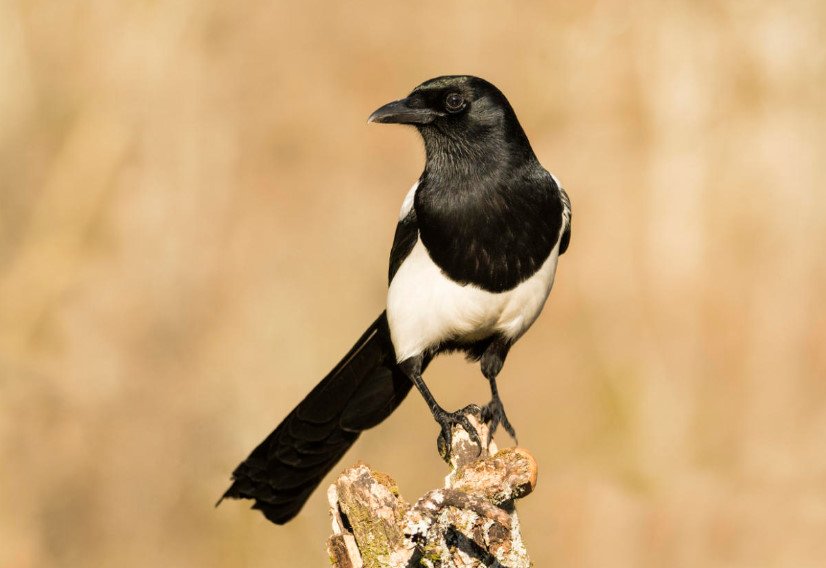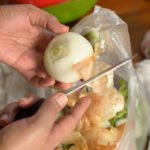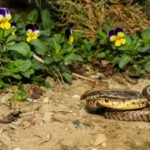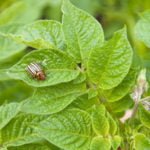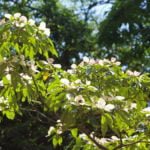Who owns the garden? The answer to this question is not as simple as it seems. It all depends on the point of view. Do not think that the only contender for the role of owner is a person. Let’s start with the insects. Entomologists claim that the biomass of insects on the globe far exceeds all other living beings. It’s good that within a separate garden plot, this ratio is not so terrifying. The point of view of the neighbor’s cat is known to me for certain: his passage along the combat trails on my site, with marks left at every turn, leaves no doubt about his position.
But not insects and cats are the main contenders for the title of owners. So who is it? When summer life is in full swing, we do not notice them, their time comes in the fall, when the gardens are empty, and instead of the townspeople they enter into administration… magpies.
Magpies are extremely cautious creatures. I set out to photograph them, but they don’t let me get closer than 20-25 meters (65.6-82 ft), and as soon as you start preparing for shooting, they fly away. The photo below is the only satisfactory result of two months of effort.
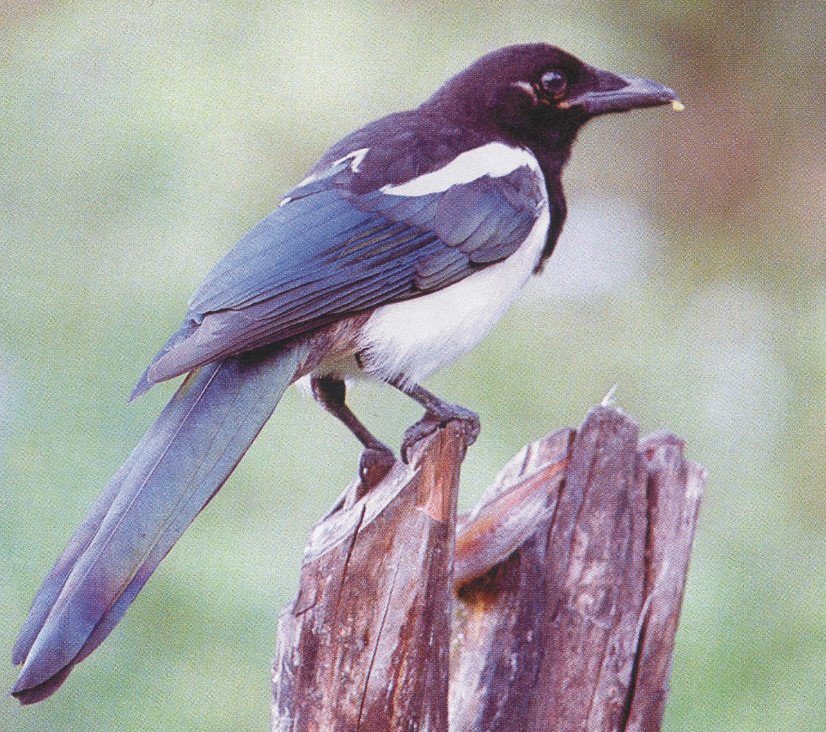
The rumor says: “sorokin – thieves”! And at first glance, one can agree with this, for example, by such an indicator as the number of pieces of soap stolen from a street washbasin, in relation to the amount of soap used. But a more thorough study of the issue raises doubts about this: all the soap left on the site is simply “masterfully” shifted from place to place.
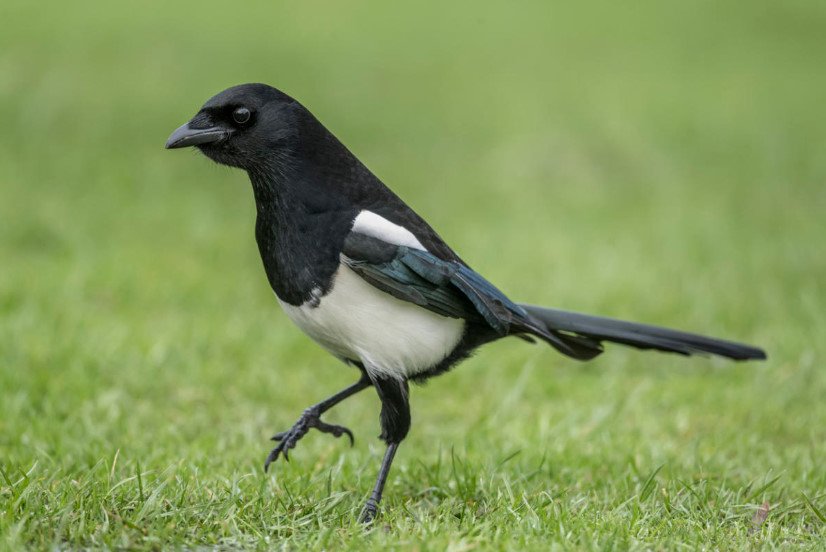
But their main vocation in the garden is gardening. I’ll try to prove it.
About four years ago, fascinated by the cultivation of garden wonders from seeds and believing in the technique of winter sowing, I loaded seeds into fifty seed containers, provided them with tags and placed them in a secluded corner of the garden. The following weekend, as I approached the garden, I heard them cawing. The sight that presented itself before my eyes shocked me: half a dozen of God’s creatures held a seminar on agricultural crops in my boxes: they alternately grabbed the tag and put it next to me under approving remarks.
I had an hour and a half to puzzle over the return of the labels to their place, even the recordings did not help. “Well, I’ll have science!”I thought about it and covered all the boxes with lutrasil. The next day, a decent hole was made in the beak of the lutrasil, of such a size that the tag could be easily reached.
Then I took more drastic steps: I painted it in two layers, pressed it with hard boards and filled everything up with branches. Now I have already honed my experience. A tag made of a duralumin bar of the “anchor” type is a curved tail, they do not slip out of the seed container, they pull it behind them. Lutrasil in two layers, the edges are bent under the boxes. Lutrasil lay on top of boxes, boards or bars, so that they would be difficult to pull out. And the most important thing is to do it quickly so as not to attract the attention of the “intelligence” of the fortieth tribe. If curiosity arises, there is nothing to save.
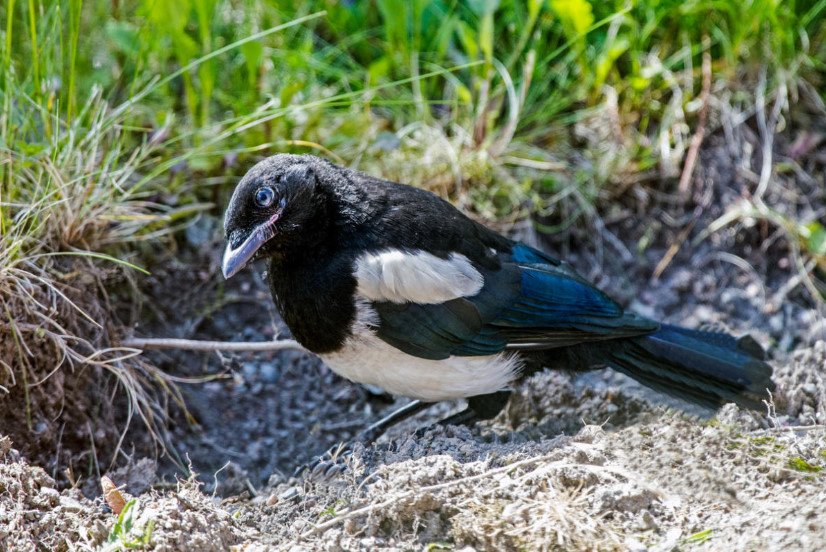
Very often, the magpie conducts audits of seedlings planted in containers: they clearly believe that containers should be moved, but half of them have to be turned over. It is well known that magpies are very fond of “caring” for freshly picked chicks and playing them out in accordance with their canons of composition. But I began to perceive the magpies as creatures belonging to the gardeners’ tribe after the following events.
From the window of a country house, I watch as the trinity settled down on the sides of my garden and actively rummage in it. One of the magpies, holding something in its beak, jumped onto the next bed. Having loosened the ground with her beack, see clearly tried to save everything that could be pushed through the deeper and pressed it tighter. Not satisfied with the result, she began to help herself with her paw, shoveling the earth with a slide. I jerked the camera, but my movement was visible even through the window, and the flock moved to the next roof.
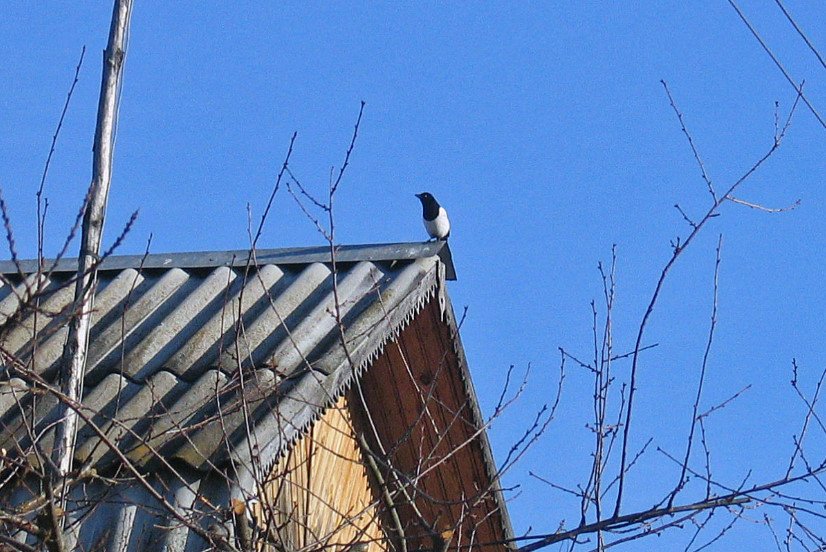
At first I thought that she, for example, like a dog burying a bone, was hiding something for the future, for a rainy day. What was my surprise when I discovered that the object of diligent magpie actions was a poorly rooted rhizome of the primrose auricula, quite satisfactorily “transplanted” from place to place.
Answer me after that – who is actually the owner of the garden?
